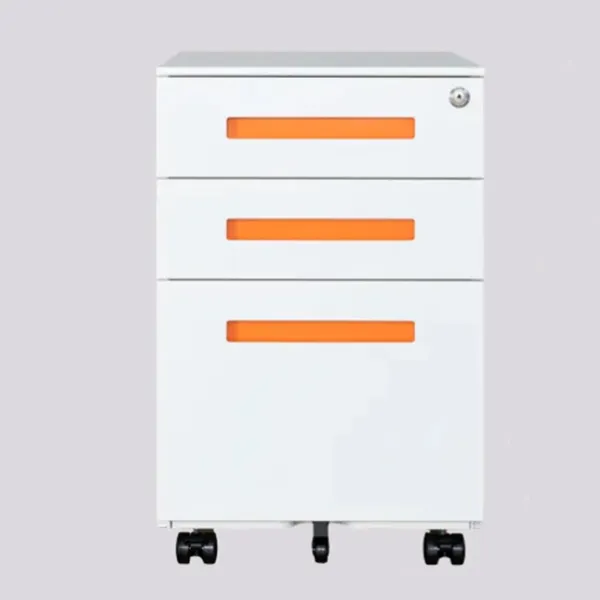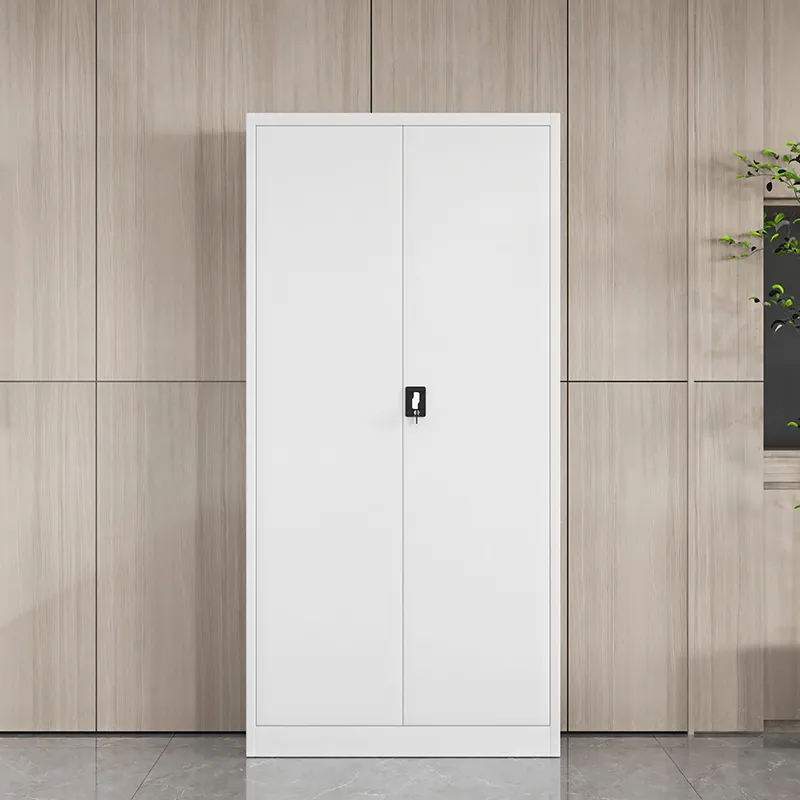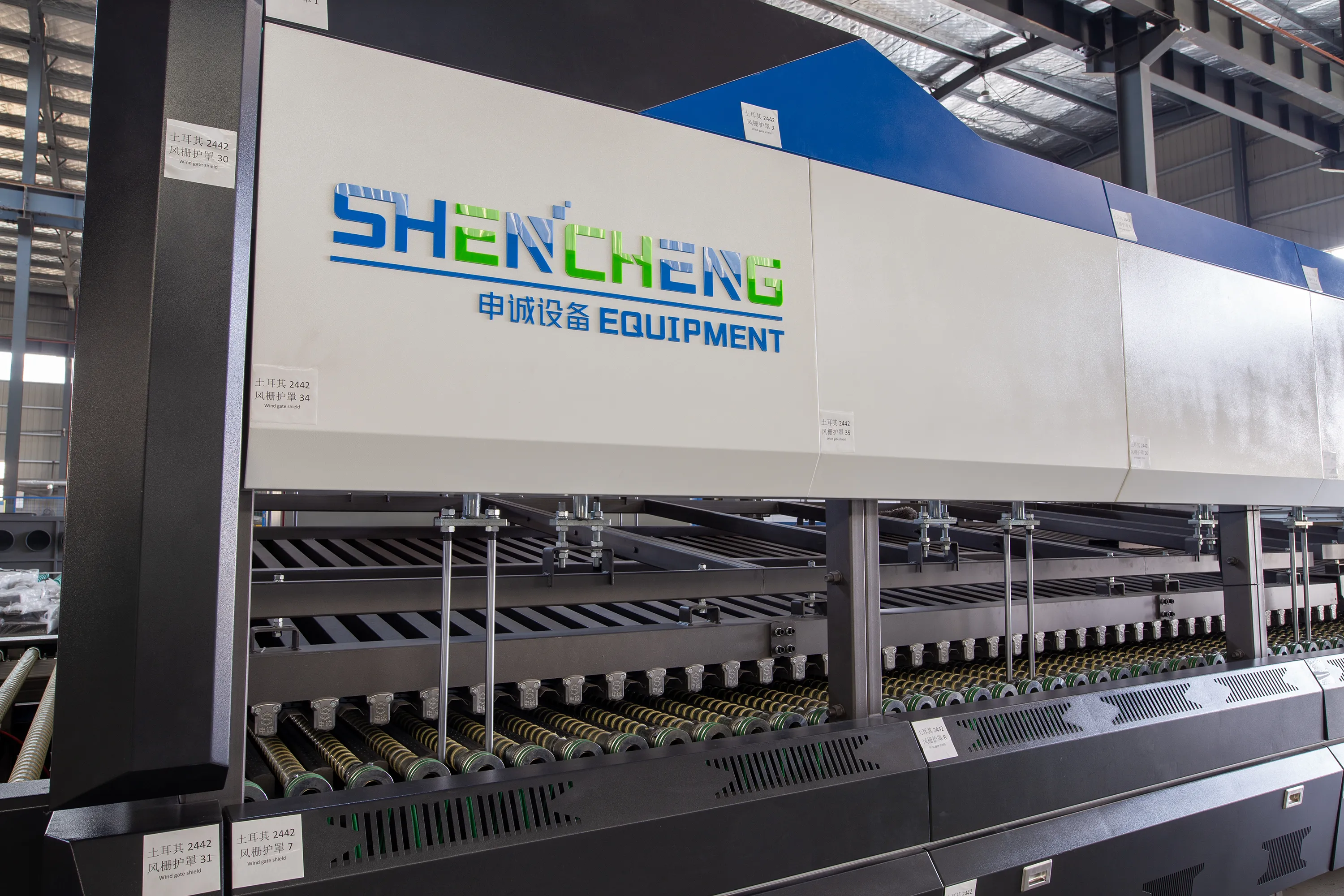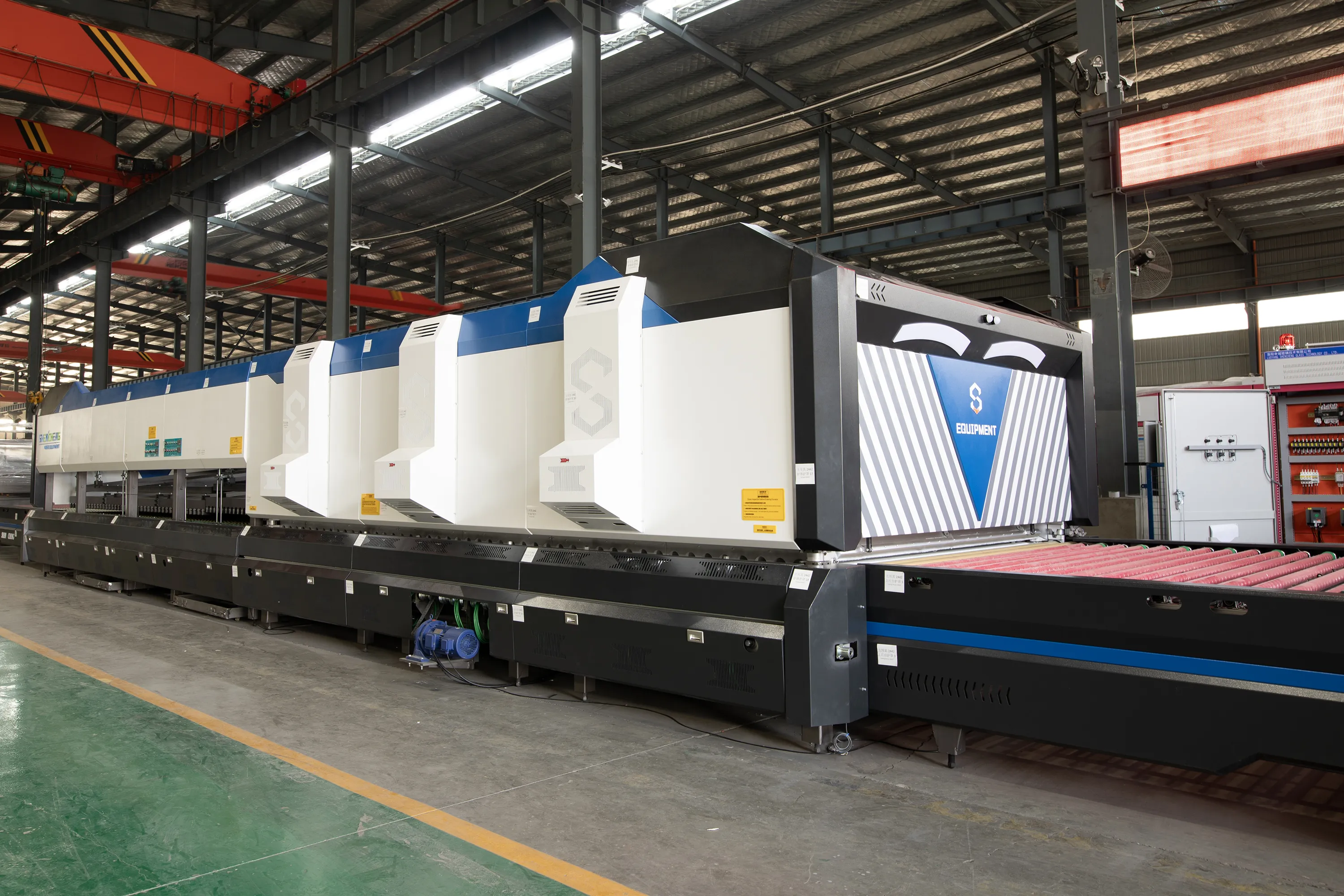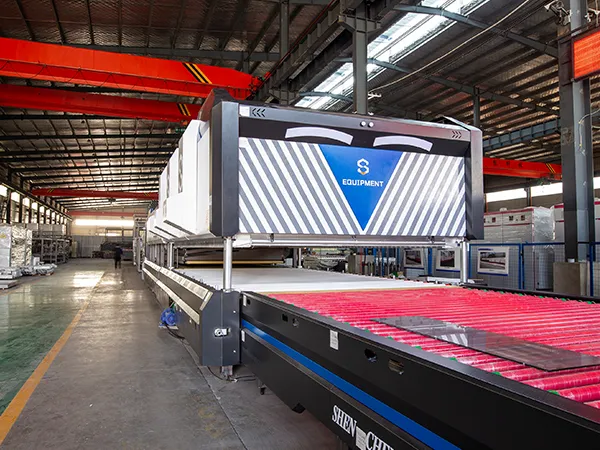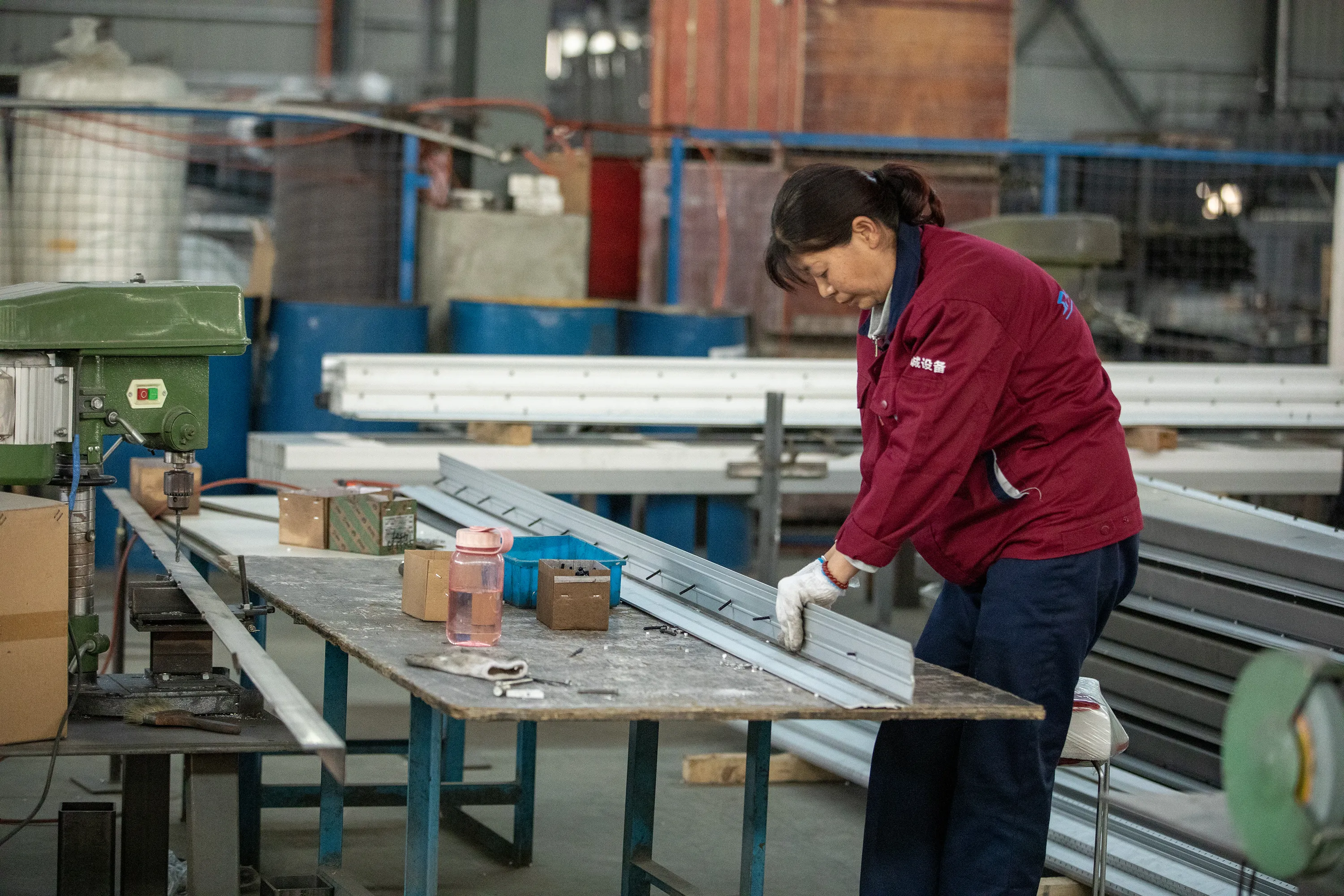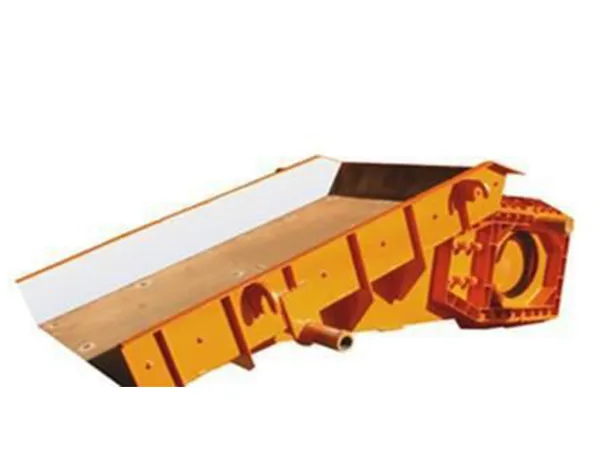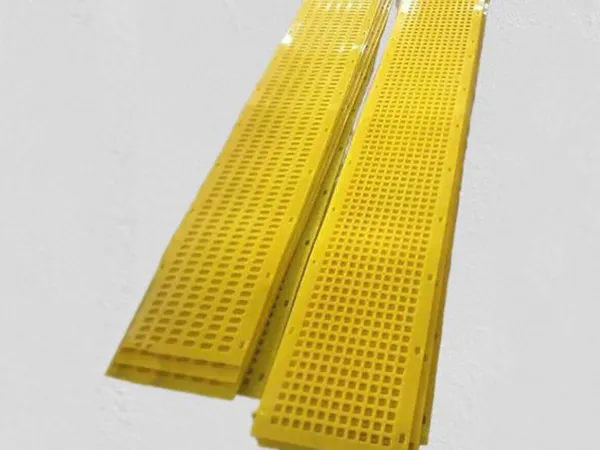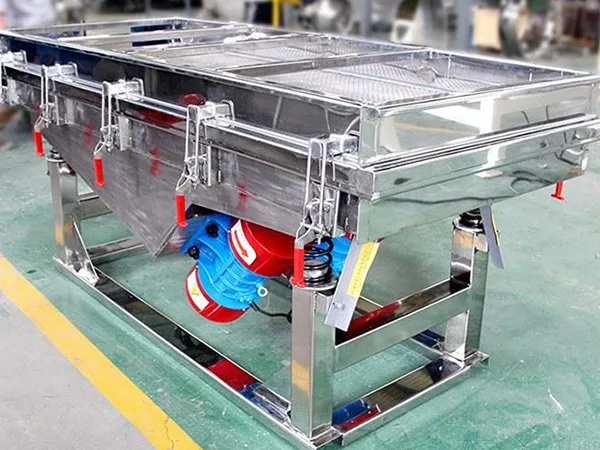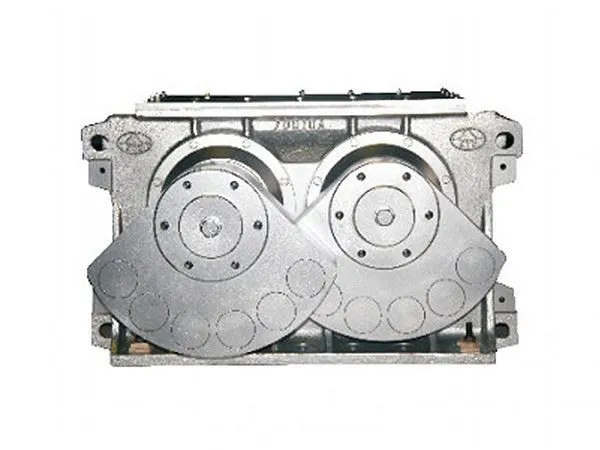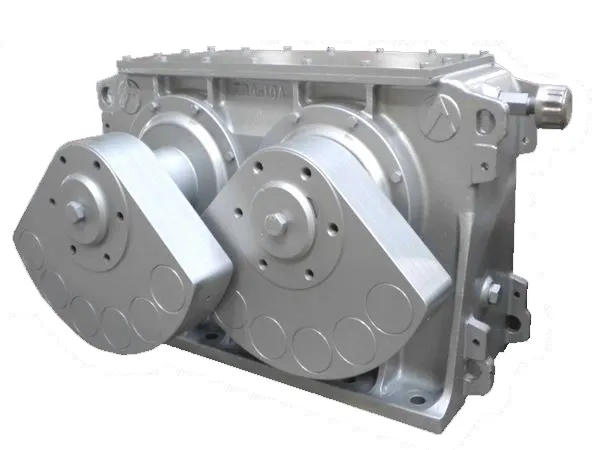https://www.ls-casting-mold.com/wp-content/uploads/2024/06/1.jpg
600
600
лсмоев
http://www.ls-casting-mold.com/wp-content/uploads/2018/12/lslogo-300x138.png
лсмоев2024-07-27 10:00:362024-07-27 10:00:36Какие размеры картотечных шкафов?
http://www.ls-casting-mold.com/wp-content/uploads/2018/12/lslogo-300x138.png
0
0
лсмоев
http://www.ls-casting-mold.com/wp-content/uploads/2018/12/lslogo-300x138.png
лсмоев2024-07-27 09:55:432024-07-27 09:55:43Каковы размеры и характеристики стальных приборных шкафов??
https://www.ls-casting-mold.com/wp-content/uploads/2024/04/4.jpg
450
600
лсмоев
http://www.ls-casting-mold.com/wp-content/uploads/2018/12/lslogo-300x138.png
лсмоев2024-07-27 09:46:422024-07-27 09:46:42Как правильно использовать конвекцию закалочной печи?
https://www.ls-casting-mold.com/wp-content/uploads/2024/04/4.jpg
450
600
лсмоев
http://www.ls-casting-mold.com/wp-content/uploads/2018/12/lslogo-300x138.png
лсмоев2024-07-27 09:33:322024-07-27 09:37:05Руководство по печи закалки стекла: Принцип работы, Приложения, Типы закаленного стекла
https://www.ls-casting-mold.com/wp-content/uploads/2024/04/4.jpg
450
600
лсмоев
http://www.ls-casting-mold.com/wp-content/uploads/2018/12/lslogo-300x138.png
лсмоев2024-07-27 09:25:392024-07-27 09:25:46What is the price of glass tempering furnace and what are the factors affecting the price?
https://www.ls-casting-mold.com/wp-content/uploads/2024/04/4.jpg
450
600
лсмоев
http://www.ls-casting-mold.com/wp-content/uploads/2018/12/lslogo-300x138.png
лсмоев2024-07-26 16:26:122024-07-26 16:26:12Что такое процесс закалки стекла в печи?
https://www.ls-casting-mold.com/wp-content/uploads/2024/05/46.jpg
450
600
лсмоев
http://www.ls-casting-mold.com/wp-content/uploads/2018/12/lslogo-300x138.png
лсмоев2024-07-26 16:03:042024-07-26 16:03:04Как рассчитать конструкцию вибрационного питателя
https://www.ls-casting-mold.com/wp-content/uploads/2024/07/3.jpg
450
600
лсмоев
http://www.ls-casting-mold.com/wp-content/uploads/2018/12/lslogo-300x138.png
лсмоев2024-07-26 15:55:552024-07-26 15:55:55Какие существуют способы установки виброгрохота?
https://www.ls-casting-mold.com/wp-content/uploads/2024/04/20.jpg
450
600
лсмоев
http://www.ls-casting-mold.com/wp-content/uploads/2018/12/lslogo-300x138.png
лсмоев2024-07-26 15:48:102024-07-26 15:48:34Каковы области применения виброгрохота?
https://www.ls-casting-mold.com/wp-content/uploads/2023/08/BE3200.jpg
450
600
лсмоев
http://www.ls-casting-mold.com/wp-content/uploads/2018/12/lslogo-300x138.png
лсмоев2024-07-26 15:40:572024-07-26 15:40:57Как обслуживать виброгрохот
Прокрутите к началу

